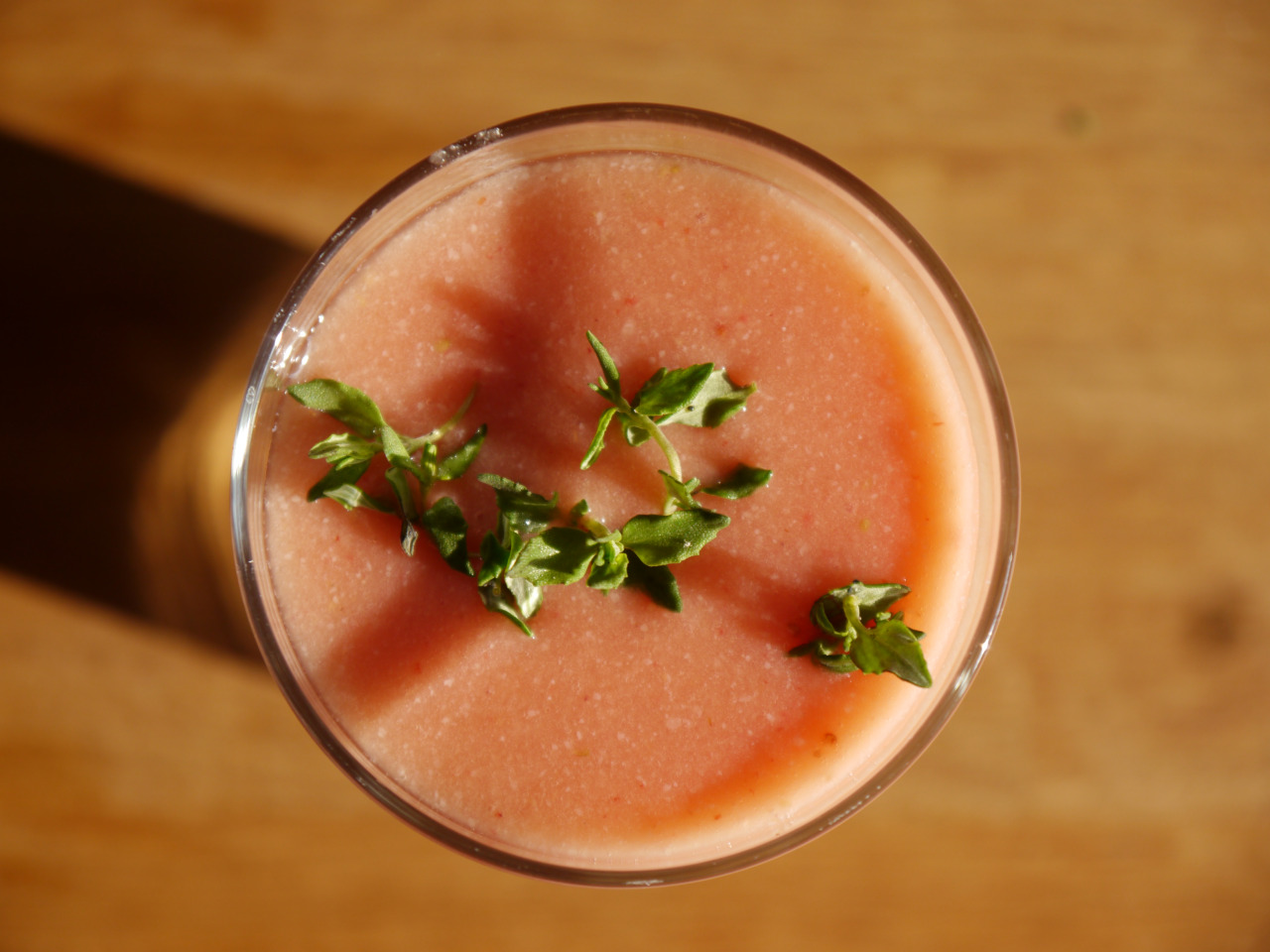
Lunch’n’learn: the mighty chickpea and the lentil army
Pulses are the grains of the legume plants (of the Fabaceae family), which have sustained humans for thousands of years, from India, to Egypt, to the Mesopotamian and Mediterranean regions. They are nutritious and a significant source of protein in the vegetarian and vegan diet… and, just as important, they are delicious! We’ll go over chickpeas and lentils today, and focus on beans in part two of the workshop.
Chickpeas
We start with the mighty chickpea, because this versatile friend is probably the pulse I most often use in my kitchen. I soak and cook large batches at a time and then use it to make spreads like hummus, throw it in salads, soups and stews, roast it for a delicious snack… And when I haven’t planned ahead, I pop open a can — unlike with beans and lentils, I find canned chickpeas quite alright in terms flavour.
A basic pot
Soak your chickpeas in water overnight / for eight hours. Drain, then add to a pot and generously cover with fresh water. Add 1 teaspoon of baking soda per 250g of dried chickpeas you are cooking. This helps soften the beans while cooking. I find this amount doesn’t affect the flavour. Bring to a boil, skim off any foam, lower the heat and simmer until tender. If you plan to store them for longer, you can keep them in their cooking liquid, else drain and devour.
I cooked them, now what?
There are so many uses of chickpeas that I hardly know where to start 🙂 I guess hummus is an obvious choice though, since everyone knows the beloved middle-eastern classic. Having a basic, solid hummus recipe under your belt is extremely useful; you can then make endless variations by adding cooked or raw vegetables and varying the spices. Here are a few that I like:
- beetroot hummus: this one is a beauty, and an impressive addition to your apero platter, especially when served with colourful veggie sticks. To the basic hummus, I add raw chunks of beetroot and a good amount of chili and lemon juice. I find these go well with the earthy, slightly sweet flavour of the beetroot. Note that some people apparently have an allergic reaction to raw beetroot — an unpleasant tickling / burning / constriction at the back of the throat. If that’s the case, or if raw beetroot doesn’t rock your boat anyway, use it cooked, it works just as well!
- pumpkin / carrot / sweet potato: I cook these (roast or boil or whatever) and then add them to the basic hummus, along with whatever spices I am in the mood for: for carrots, I might add cumin, coriander and a bit of tomato paste. For pumpkin, I might swap out the tahini and use peanut butter instead, and also add some ginger and tumeric to make a bright, golden spread.
- green hummus: I swap out chickpeas for cooked fresh / frozen green peas, and also add a LOT of fresh herbs and lemon juice for a vibrant, light spring or summer take on hummus.
Chickpeas can also be used in soups and stews, for example easy, classic Indian channa masala or Ottolenghi’s Italian chickpea stew. Or you can keep things simple with this lemony chickpea stir-fry from 101 cookbooks, which was a student staple and one of the first things I learned to “cook”. If you’re feeling meaty, the mighty chickpea also delivers — in this workshop we saw how to make chickpea “cutlets” with mashed chickpeas and seitan flour. They are also great in burger patties or, of course, falafel. I don’t often make falafel at home, but this green falafel bowl (vegan version with “flax” eggs that Heidi describes in the recipe head notes) is high on my to-cook list. If you are not much of a home fryer, like me, try baking burger patties or falafel (like this fancy herb and pistachio falafel from Green Kitchen Stories).
And then, there’s aqua faba — the water that chickpeas have been cooked in (from a can or from home cooking). This magic thing can be whipped up to resemble fluffy egg whites, and the vegan internet community has enthusiastically taken up the challenge, creating vegan meringues, two-ingredient airy chocolate mousse, vegan mayo and a lot more. I’m always amazed and inspired at how people come up with this stuff, and it’s fun to get creative and experiment for yourself in the kitchen, like I did back in the day with this ginger peach lemon cake.
And we could spend another whole blog post talking about chickpea flour, which can be used to make all sorts of wonderful sweet and savoury gluten-free creations like vegan quiche, socca / farinata (essentially a chickpea pancake), Indian laddu sweets (I use coconut oil or margarine instead of ghee) or the beetroot brownies we enjoyed for dessert today. In vegan baking, adding a couple of tablespoons of chickpea flour to a cake or muffin recipe helps with binding, while adding it to a seitan dough makes for a softer, more pleasant consistency.
I just realized I’ve also already written a blog post about chickpeas already, so there’s always that reference 🙂
Lentils and split peas
The lentil army marches proud and strong right behind the mighty chickpea in my culinary kingdom 🙂 Here are a few examples that we went over today,
Yellow / red split lentils
These guys require no pre-soaking and cook quickly down to a soft mush — the perfect comfort food that’s easy on the stomach and the soul. When you are in India and you catch a bout of the infamous Delhi belly, a simple plate of dhal and rice will be your saviour. There’s no reason not to enjoy this simple classic at any time though, not only when you’re down and out. Or try it along with yellow split peas for a slightly fancier and crowd-pleasing coconut-based soup — I’ve never met anyone who did not love this dish.
Speaking of comfort food and self-care, especially in the dark, cold winter months, we can’t not mention Indian kichari — a simple Ayurvedic dish of lentils and rice. If you are interested in the general concept of a cleanse, there’s a whole write-up about it over on My New Roots, which sounds to me a gentler and more sustainable approach than juicing or other current “cleanse” trends.
Lastly, you can make delicious, nutritious spreads with these mushy friends — check out the guideline at the end of this post and don’t be afraid to experiment and find your own flavour combinations! Then enjoy them for lunch alongside a vibrant salad, dip a carrot as a snack, serve to your friends for an apéro, or smear some on sandwiches for your hike.
Green and black / Beluga lentils
These also generally require no pre-soaking and cook fairly quickly (20-30 minutes) but retain their structure so are perfect for lentil salads or stews. This recipe, appropriately entitled “the best lentil salad, ever”, lives up to its name. Important with a lentil salad is to add the dressing (minus any fragile fresh herbs or greens) right after cooking and draining, while the lentils are still hot. In this state they readily soak up the flavours and the taste is deeply rich and satisfying. And they can soak up a lot! So don’t be stingy with the oil, vinegar and seasoning — the earthy lentils really get a boost to a whole new deliciousness level from these strong flavours.
And now that I am thinking of the My New Roots blog, there is a classy mushroom lentil burger recipe on there, perfect when you want a burger… but sophisticated 🙂
So far we’ve talked about cooking chickpeas and lentils, but both can be sprouted and enjoyed raw. Here is a short guide if you want to give it a go at home, else sprouts are available in both Migros and Coops, in the fridge by the herbs section. Sprouting is the process of the seed “waking up” and beginning to germinate, which means converting those stable starches into simpler forms and making nutrients available to enable growth. Don’t try to consume unsprouted pulses raw, when their nutrition is not available to the human digestion — it’s probably not tasty anyway 😉
We’ll finish up with quickly mentioning the multitude of health benefits pulses offer us:
- proteins: although not all essential amino acids are present in pulses, eating them in combination with other grains such as rice or wheat provides all the protein you’ll ever need, even if you are a world-class athlete or body builder.
- minerals: pulses in general contain a lot of essential minerals including manganese, phosphate, zinc, folate and iron — lentils, especially, are a good source of plant-based iron.
- complex carbs: pulses are very satiating, because the body slowly breaks down their complex carbohydrates into the simpler forms the body requires for energy, so you feel full longer. This means no crazy blood sugar spikes and easier hunger (and weight) control. Hangry? Eat some lentils!
- fibre: pulses contain a good amount of both soluble and insoluble fibre, aiding digestion and helping keep bowel movements regular. Hooray healthy poop!
One last digestion-related thing — pulses are complex plants and some people have trouble digesting them, resulting in bloating or gas. If that’s the case for you, you can try to drink a little bit of vinegar dissolved in a glass of water before your pulse-containing meal, which is supposed to help smooth out the whole process.
Lentil spread / dip
This is not a recipe! It is a guideline… because, really, you cannot fuck it up. Just put some of these ingredients together, blend, taste and adjust until you have something you like. Initially it may take several rounds of adjustments before you get something edible, but after a while, you may find yourself nailing it perfectly on the first go.
Ingredients
- Red / yellow split peas, cooked.
- If you want to make enough dip for the week, cook at least 250g dried weight.
- Something creamy / fatty: tahini, your favourite nut butter (peanut / almond / cashew…), toasted sunflower or pumpkin seeds, silken tofu, oil (olive or raps oil, or something fancier like pumpkin seed or walnut oil)
- A vegetable: optional, but nice: cooked carrots, beetroot, parsnip, sweet potato, kale, broccoli, spinach… maybe in combination with a fruit? Some apple, perhaps? If nothing fresh is available, try sundried tomatoes, artichokes in oil or a few depitted olives.
- Flavour and spices: nutritional yeast, cumin, coriander, paprika, saffron (soak threads in a bit of hot water first), black pepper, dried or fresh herbs
- Something sour: lemon juice, apple cider / balsamic vinegar
- Garlic: I put a little clove in almost everything, because I find even a tiny amount enhances the overall flavour without making you reek. If you are sensitive, skip it.
Instructions
- Put everything together
- Blend with a hand mixer or in a food processor
- Taste and adjust seasoning
- Repeat until it tastes good!
You May Also Like

Pink morning
11 July 2015
Simply cake
7 June 2019


2 Comments
Anne Marie
Yay, glad I found this lentil dip guideline. I loved it at the facilatathon. Checked out the ‘best lentil salad ever’ recipe and one tasty substitute to the dried fruits would be fresh pomegranate (if available).
krem
Indeed! Thank you for mentioning… fresh pomegranate is indeed a treat. I also sometimes grate in an apple. Or could imagine fresh orange? Haven’t tried this. In any case, happy cooking!